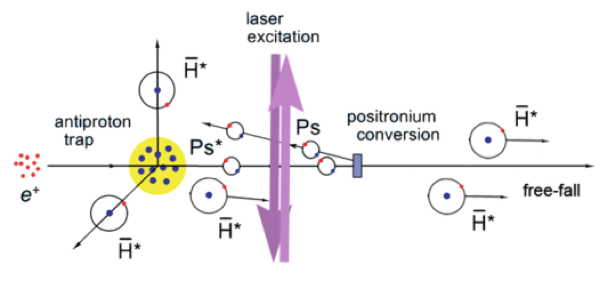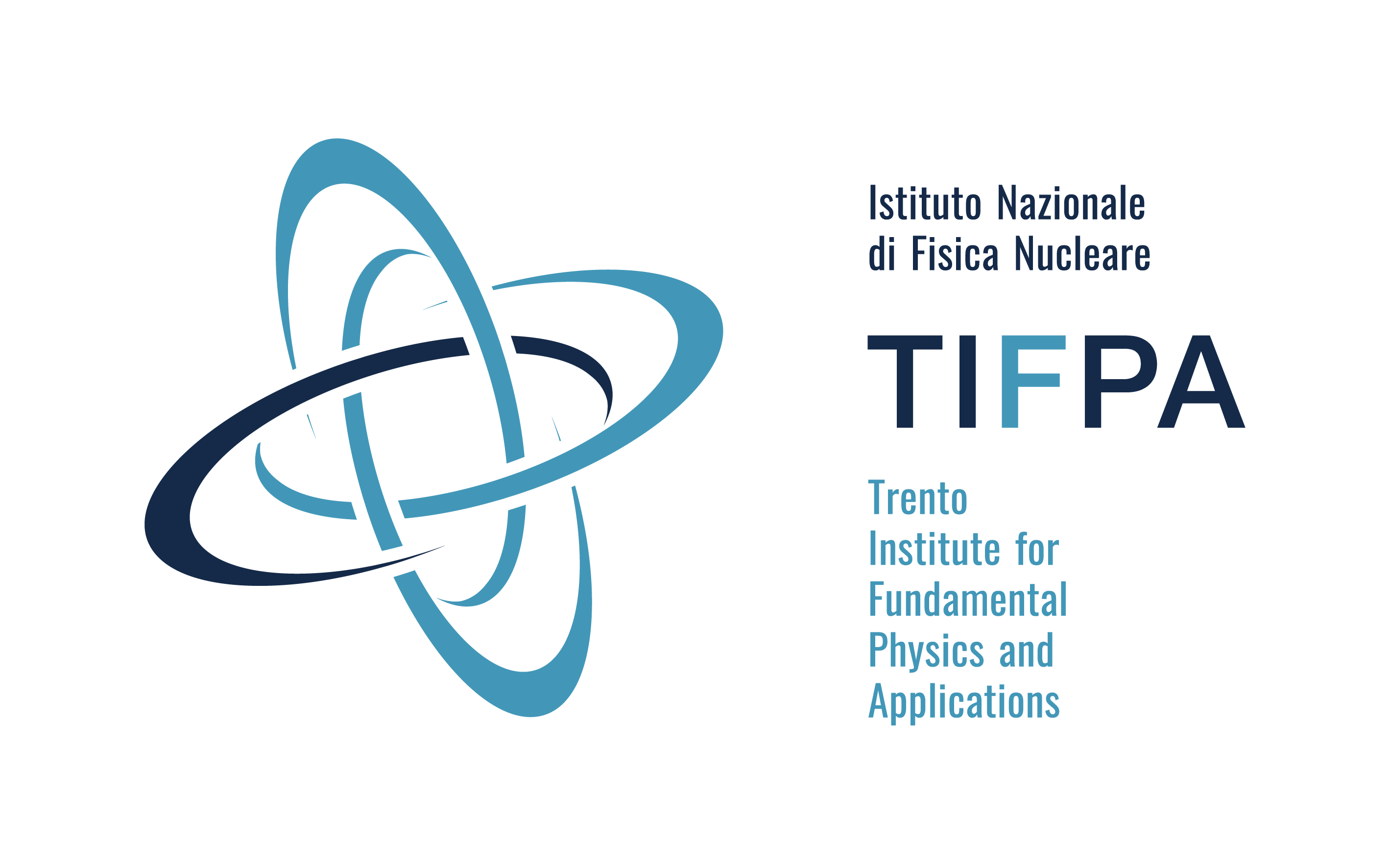AEGIS - Antihydrogen Experiment: Gravity, Interferometry, Spectroscopy
AEgIS (Antimatter Experiment: gravity, Interferometry, Spectroscopy) is part of the Low Energy Antimatter (LEA) project, which gathers the INFN-funded experiments that produce and manipulate antimatter at low energies for fundamental and applied studies. These experiments are mainly focused on the study of fundamental symmetries both on the hadronic and leptonic sectors of the Standard Model (SM).
Researchers at TIFPA are active in two experiments whithin LEA: AEgIS and PSICO (Positronium Inertial and Correlation Observations). PSICO is carried out at the AML (AntiMatter Laboratory) at the Department of Physics of the Trento University and it is based on manipulation positronium atoms by laser light to study its fundamental properties.
The AEgIS experiment is carried out at the AD (Antiproton Decelerator) Hall at CERN by an international collaboration, and its purpose is to measure the gravitational acceleration experienced by antimatter in Earth’s gravitational field. AD is the only machine in the world that can deliver slow antiprotons for such studies on cold antiatoms.
The Science
The primary aim of AEgIS is the test of the Weak Equivalence Principle by measuring the free-fall of antimatter in Earth’s gravitational field with a pulsed beam of cold antihydrogen. Antihydrogen is formed by charge-exchange process between trapped and cooled antiprotons and positronium atoms excited to Rydberg states.
The main scientific goal of AEgIS is the direct measurement of the Earth's gravitational acceleration g on antihydrogen. Details of the experiment and a photo-gallery can be found in https://aegis.web.cern.ch/aegis/home.html. A pulsed antihydrogen beam will be formed by charge exchange between antiprotons and laser-excited positronium atoms obtained in vacuum by injecting bunched positrons in an ordered nano-structured target (see fig. below).
The strength of the gravitational force between the Earth and the antihydrogen atoms will be measured sending the antihydrogen beam through a moiré deflectometer and observing the periodic pattern recorded by a detector.
The Trento group in AEgIS has responsibility in the different subsystems of the experiment: positron beam, positronium production and manipulation, antiproton trapping and manipulation, laser systems, plastic detectors.
TEAM
• Involved external institutions: CERN, Czech Technical University - Prague (Czech Republic), University of Latvia (Latvia), University of Oslo (Norway), Warsaw University of Technology (Poland), University of Torun (Poland), Institute of Physics of the Polish Academy of Sciences (Poland), University of Liverpool (UK), Department of Physics-University of Trento, Politecnico di Milano, Dipartimento di Fisica-Università di Milano
• INFN groups: TIFPA, Milano, Pavia
• Principal Investigator: Ruggero Caravita (TIFPA-INFN)
• INFN Project: CSN III
• Duration: 2010 - More years
TIFPA Team
• Local responsible for TIFPA: Roberto S. Brusa
• Involved TIFPA people: Ruggero Caravita, Sebastiano Mariazzi, Luca Penasa, Marco Bettonte, Marco Volponi, Luca Povolo.
Images

Scheme for the production of the antihydrogen beam by charge exchange between trapped antiprotons and positronium laser excited in Rydberg states.



